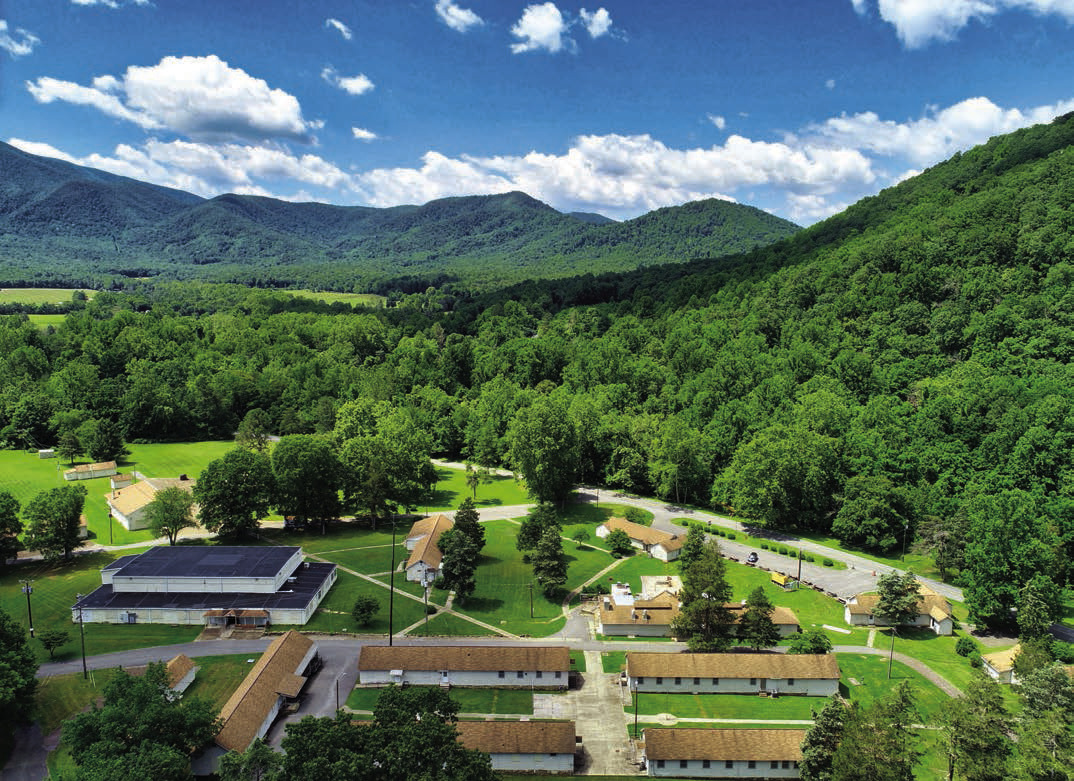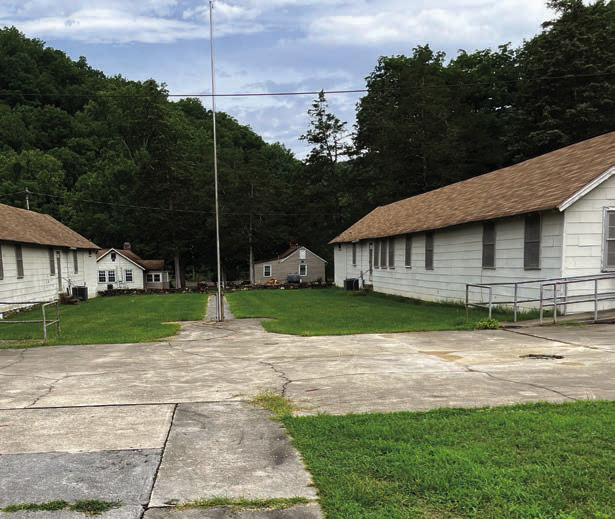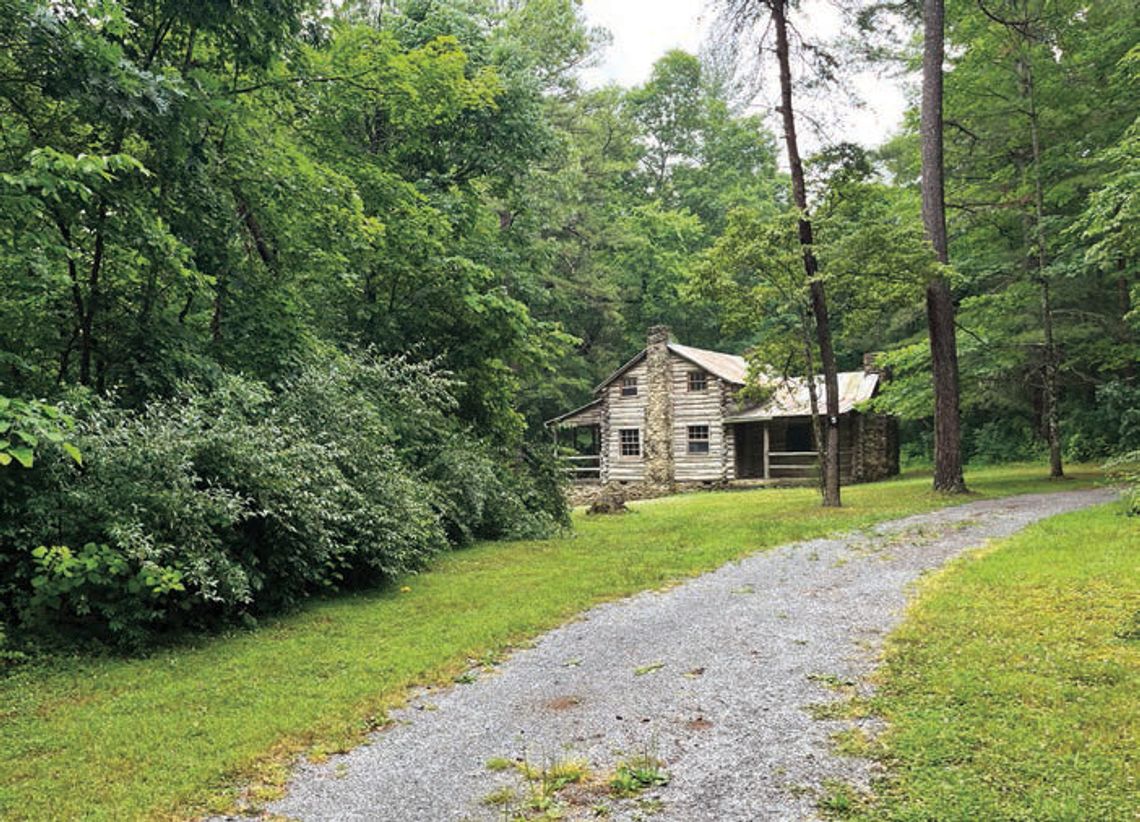Historic Lexington Foundation is sponsoring two Preservation Month events this May.
The first event is May 4 from 2 until 4 p.m. at Thunder BRidge located at 1425 Arnolds Valley Road near Natural Bridge Station. The program, designed to appeal to both history buffs and art aficionados, is an introduction to Thunder BRidge, a former Civilian Conservation Corps camp being rehabilitated as a community arts and cultural center.
The second event will be held May 25 at “The Foundation,” the historic Steward’s House near Liberty Hall Ruins on the campus of Washington and Lee University. More on that event will be featured later.
During the May 4 event, local artists James and Karen Pannabecker, owners of the Thunder BRidge property, will discuss their current and future plans to convert the historic buildings and grounds into art studios and event spaces, and will then lead a guided tour of the property. Some of the art colony’s “resident artists” are expected to be on site during the tour.
In the early 1930s the property was developed as a camp to house men who worked on a voluntary government work relief program during the Great Depression.
The original Civilian Conservation Corps development includes four surviving barracks buildings and several supporting dwellings. The architecture is simple and utilitarian, because it was meant to be temporary. However, it is perhaps the best remaining intact example of a CCC camp.
In 1945 the camp became a federal reformatory, and in 1964 the commonwealth See Preservation , page B4 erty for the Natural Bridge Juvenile Correctional Center, also known as Thunder Ridge High School.
NBJCC was a minimum-security facility at the forefront of prison reform at the time, providing GED preparatory education and work skills training in brick masonry, auto mechanics, building maintenance and woodworking. Various workshops on the property served as the settings for re-training programs, and the old CCC barracks served as dormitories. In the 1970s, residents also constructed two rustic log cabins on site. The property was the first racially integrated correction facility in Virginia, and for a time portions of it were home to Camp New Hope, a Big Brothers/Big Sisters annual summer camp.
After the correctional facility closed in 2009, the buildings were shuttered and unused for several years until the state decided to sell it. The Pannabeckers purchased the 99-acre site and are in the process of restoring the original structures, with a goal of creating a community arts and culture center and campground. Nine former CCC buildings have become art studios, with other buildings being renovated for future writers, dancers, and as event spaces. The 1970s log cabins provide vacation rental lodgings.
The property is adjacent to National Forest lands, and includes many trails available to hikers, area residents, and tourists.
Anyone planning to attend this HLF program at Thunder BRidge is urged to wear sturdy walking shoes and dress appropriately for the weather. For more information, contact HLF at [email protected] .

THE CIVILIAN CONSERVATION CORPS built a camp in Arnolds Valley in the early 1930s, a site that later served as a federal reformatory, then as a juvenile correctional facility and now as a community arts and cultural center called Thunder BRidge. (all photos courtesy of Thunder BRidge.

THE ORIGINAL CCC development includes four surviving barracks buildings and several supporting dwellings.



